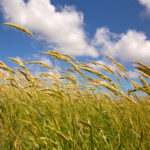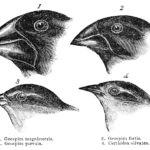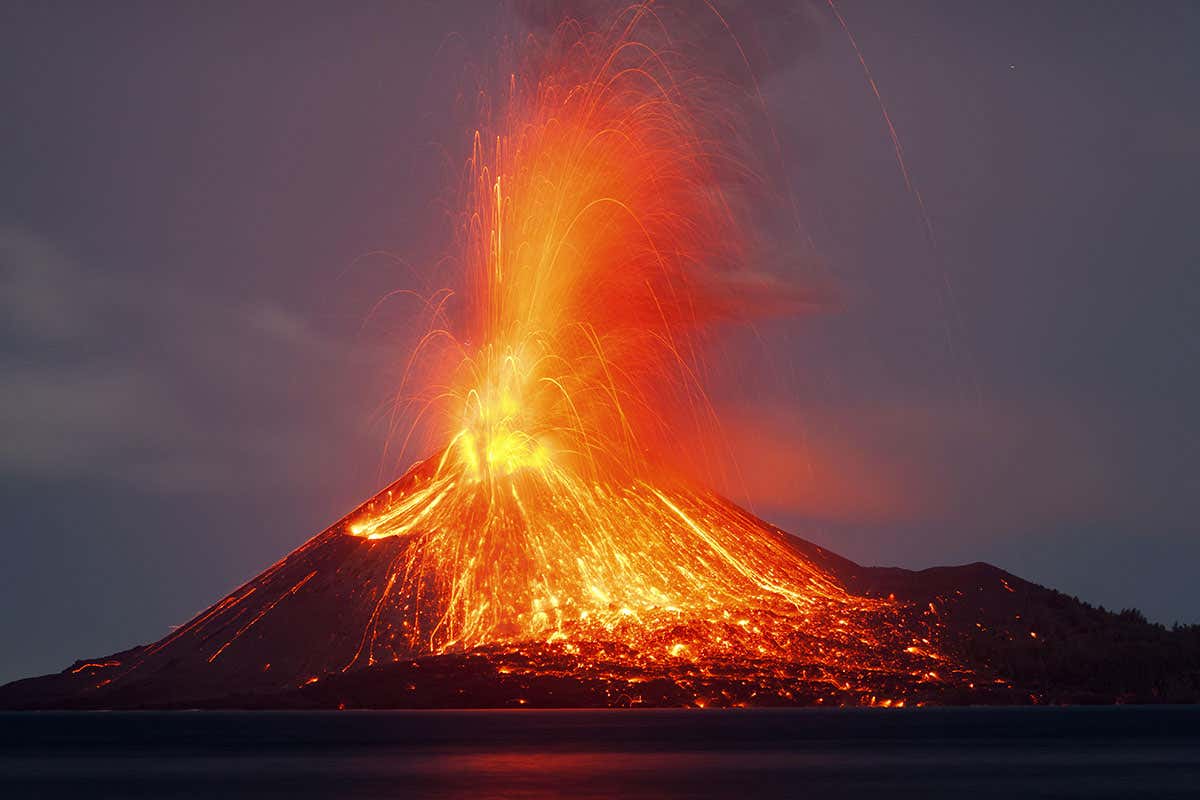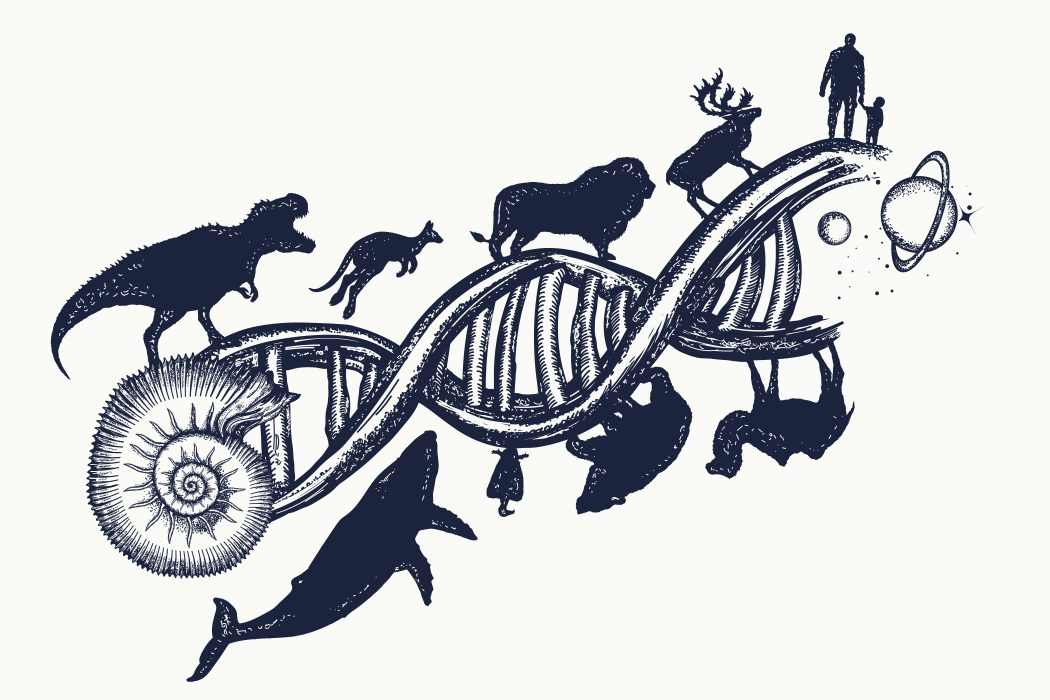While wind direction and speed change from one moment to the next, and from one location to the next, it is however possible to identify general patterns that affect the entire surface of the globe. This is especially true the higher one travels into the atmosphere.
Subtropical Highs
Each of the major oceans contains a semi permanent high pressure. These high pressures are almost always present, and have a significant impact on the wind patterns present in Earth’s atmosphere.
Within these highs weather is usually warm, calm, and free of wind.
These subtropical highs are the major cause for two types of global wind flow. These are the trade winds and the westerlies.
Trade Winds
Wind flows outward down the pressure gradient away from the subtropical highs. As it does so, it encounters the coriolis effect caused by the rotation of the Earth. This force causes the winds in the Northern Hemisphere to move from the east towards the west below the subtropical high, and from the west towards the east above the subtropical high. The opposite is true in the Southern Hemisphere. Above the subtropical high winds move from east to west, and below the subtropical high winds move from west to the east.
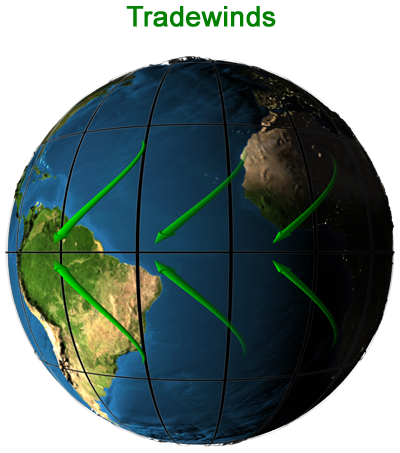
Thus, in the Northern Hemisphere below the subtropical high, which is located just above the equator, we find winds blowing from east towards the west. At the same time, in the Southern Hemisphere above the subtropical high, which is located just below the equator, we also find that winds are blowing from the east towards the west. The result is that between 30 ° North latitude and 30 ° South latitude winds usually blow from the east towards the west. Winds are named for the direction from which they come. Thus, this wind is referred to as an easterly wind. These easterly winds are known as the trade winds.
Westerlies
Above the subtropical highs in the Northern Hemisphere, and below the subtropical highs in the Southern Hemisphere, winds blow from the west towards the east. These winds are thus called westerly winds, after the direction from whence the winds come.
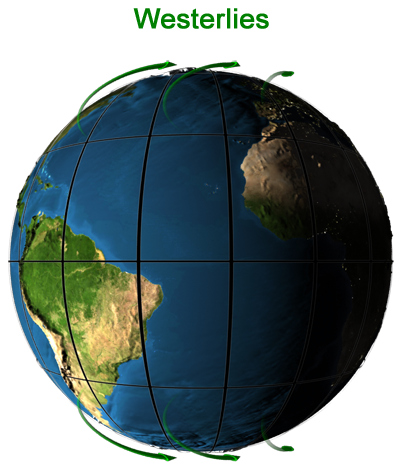
The westerlies generally blow between 30 ° and 60 ° latitude in both the Northern and Southern hemispheres. The higher one travels into the atmosphere, the more noticeable these westerly winds are.
At the core of the westerly winds lies what scientists call a jet stream. Jet streams are super high-speed winds. Each hemisphere’s westerly has two main jet streams. Closer to the poles we find the polar jet stream. At a slightly lower latitude we find the subtropical jet stream.
Subpolar Lows
Located above each of the poles we find a semi-permanent low pressure. This low pressure is almost always present, and is the cause for many of the storms that follow the westerlies into the continents of the Earth.
While much more prominent in the winter, these subpolar lows generally exist above 60 ° of latitude either north or south.
Polar Easterlies
The subpolar lows generally cause the winds above 60 ° latitude to move from the east towards the west. We call these winds the polar easterlies.


